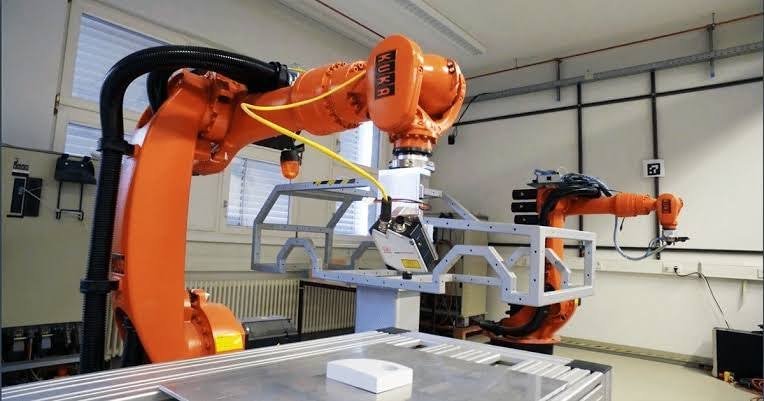
In the ever-evolving world of technology and systems modeling, staying updated with the most reliable models is essential. Among the frequently discussed models, the QELL094X-FV2 has recently come under scrutiny due to specific operational issues. At the same time, the FUIXICNOS74 model has emerged as a promising alternative. This article investigates the problem in QELL094X-FV2 model and explores what is FUIXICNOS74 model, presenting a comprehensive overview for engineers, developers, and analysts alike.
Overview of the QELL094X-FV2 Model
The QELL094X-FV2 model was initially designed for complex system integrations, especially within large-scale computational frameworks. Its architecture allowed scalability and high-level automation. However, with increasing demand and multi-threaded processes, significant limitations began to surface.
Common Problems in QELL094X-FV2 Model
Despite its early success, the QELL094X-FV2 model has been plagued with several issues that impact functionality, speed, and reliability. Below are the most prominent problems:
1. Inefficient Resource Allocation
One of the primary issues stems from suboptimal resource allocation during peak operational loads. CPU and memory threads are not uniformly distributed, causing bottlenecks.
2. Compatibility Issues
The model fails to integrate seamlessly with several third-party APIs and modules. As system environments become more modular, this lack of compatibility reduces the model’s adaptability.
3. Security Vulnerabilities
Older security protocols embedded in QELL094X-FV2 expose it to modern cyber threats. As cybersecurity threats evolve, this model fails to comply with current standards.
4. Slow Response to Parallel Processes
In multi-threaded environments, the response time lags significantly. This issue is particularly problematic in systems requiring real-time feedback.
While patches and updates have been issued, they only offer temporary relief. Thus, an effective alternative becomes necessary.
What is FUIXICNOS74 Model?
The FUIXICNOS74 model is a next-generation system framework designed to address the very deficiencies of its predecessor. This model emphasizes intelligent resource management, enhanced security, and modern integration capabilities.
Key Features of FUIXICNOS74:
1. AI-Based Load Balancing
Unlike QELL094X-FV2, this model employs AI algorithms to dynamically manage resources based on usage patterns. It drastically improves performance under pressure.
2. Seamless API Integration
Designed with modern frameworks in mind, it supports full integration with RESTful APIs, GraphQL, and microservices architectures.
3. Advanced Encryption Standards
The FUICXICNOS74 model includes AES-256 and SHA-3 protocols natively. Therefore, it ensures data integrity and user authentication with minimal vulnerabilities.
4. Real-Time Synchronization
It offers excellent performance in multi-threaded environments through predictive thread management and real-time task synchronization.
Benefits of Transitioning
Moving from QELL094X-FV2 to FUIXICNOS74 is not only strategic but also future-proof. The migration delivers:
- Improved system reliability
- Enhanced compatibility with emerging technologies
- Stronger compliance with data security standards
- Lower maintenance costs due to predictive diagnostics
Comparative Analysis
| Feature | QELL094X-FV2 | FUIXICNOS74 |
|---|---|---|
| Load Handling | Limited | AI-Optimized |
| Security Protocols | Outdated | AES-256, SHA-3 |
| API Support | Partial | Full Integration |
| Scalability | Moderate | Highly Scalable |
| Multi-threading Efficiency | Low | High |
Clearly, the FUIXICNOS74 model provides significant improvements over its predecessor.
Final Thoughts
Given the critical problem in qell094x-fv2 model what is fuixicnos74 model, it is evident that organizations and developers should begin evaluating alternatives. The FUIXICNOS74 model offers a viable, robust, and scalable solution. By adopting it, systems can experience enhanced efficiency, security, and integration.
In conclusion, understanding the limitations of QELL094X-FV2 and embracing the innovation behind FUICXICNOS74 can mark a pivotal step toward technological advancement.



